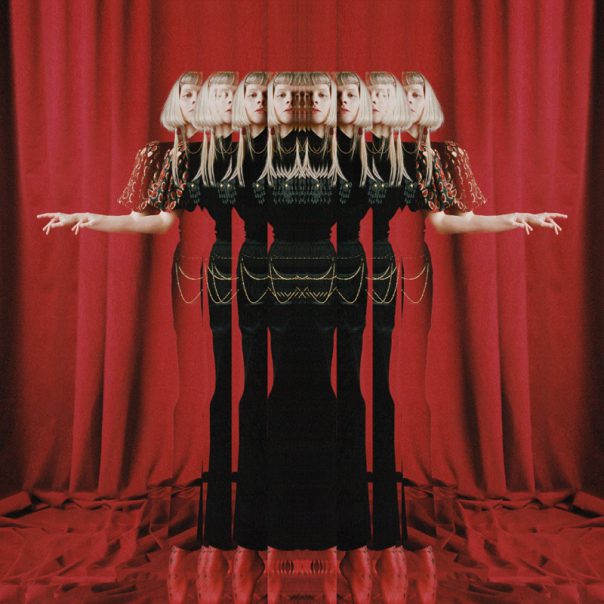Within the wide world of bicyclesports, there is a small butgrowing subculture of cyclistswho do things differently. Theseenthusiasts consider themselvesthe elite guardians of the purestform of cycling, the fixed-gear ormessenger bike.
Fixed-gear bicycles are thesimplest and oldest form of bicycling,dating back to the late1800s. They only have one speedand no freewheel. As long as thebicycle is in motion, the pedalsmove.
It’s impossible to coast on afixed gear. Sometimes these bicyclesdo not have brakes andinstead have a backpedal for reversingthe force applied to thepedals to slow down.
Fixed-gear bikes were limitedin the past to bicycle messengersin large cities such as San Franciscoand New York. Not havinggears or brakes saves criticalweight while out on deliveries.
Fixed-gear riding has startedto gain popularity in the suburbs,and at college campuses all overthe nation, even here at De Anza.
Student Steven Holmburg hasbeen riding fixed gear for threeyears. He prefers fixed-gear ridinglargely because of the extrawork out he gets riding one.”It’s great strength training,”Holmburg said, “especially onthe hills when you’re climbinggrades.” He also said that nowthat he’s been on a fixed gear, hewouldn’t go back to normal roadbikes.
Enthusiasts are known as fixxies’ within the subculture. Thereeven exists a lingo pertaining tothese bikes, as well as an establishedfashion including funkycolored shoes.
“It’s the attitude,” Holmburgsaid. “Fixxies do things with onespeed that takes most others 12speeds or more.”
All of the major bicycle manufacturessuch as Bianchi, Schwinn,Redline and Motobecaneoffer messenger bikes in theirmodel lineup. Prices range from$500 to well over $1000.
Most fixxies, however, preferto make their own fixed gear outof old ten speeds, which can bedone for as little as $50 and requiresonly minimum mechanicalskill.










